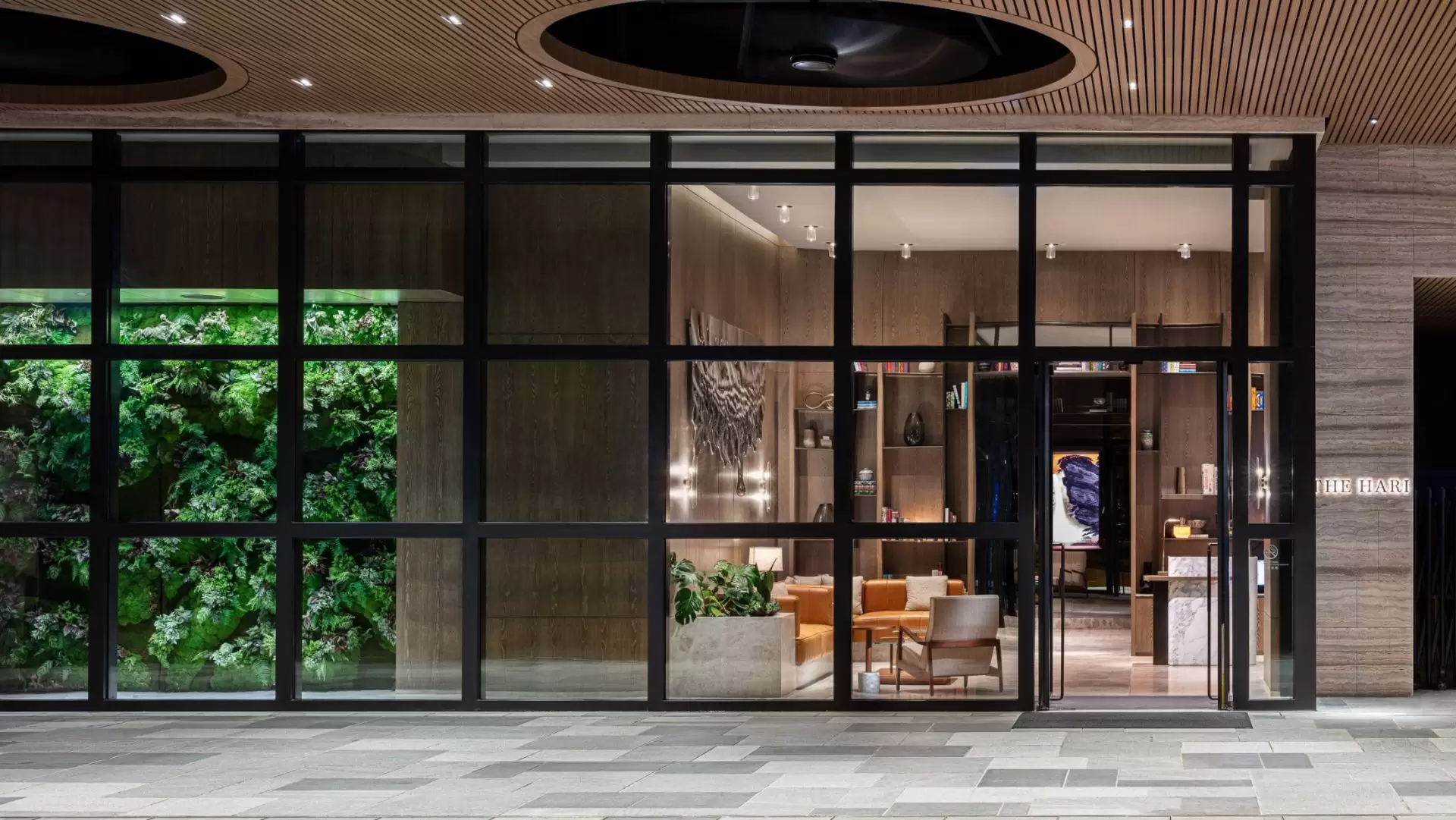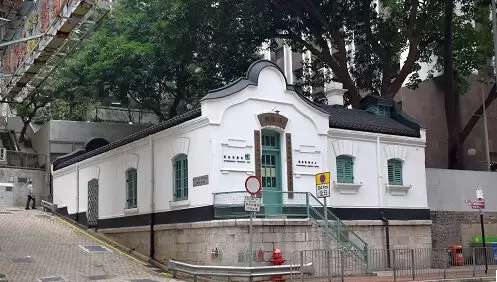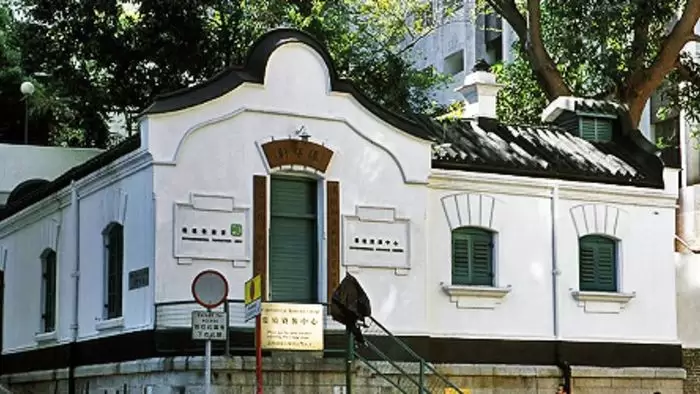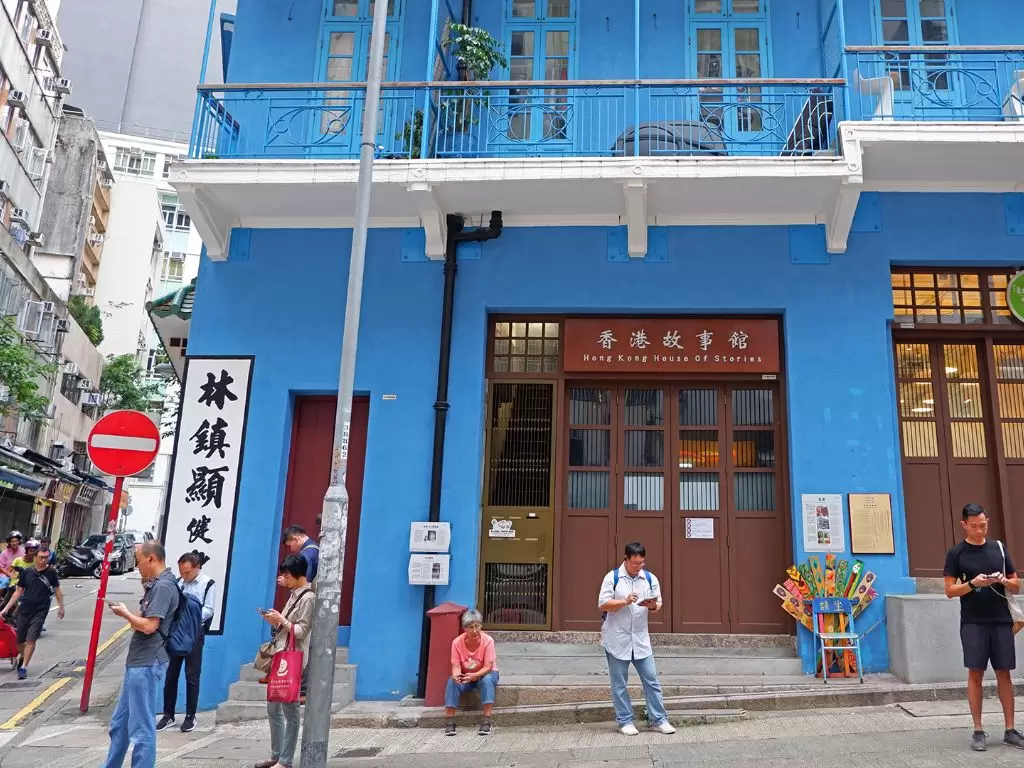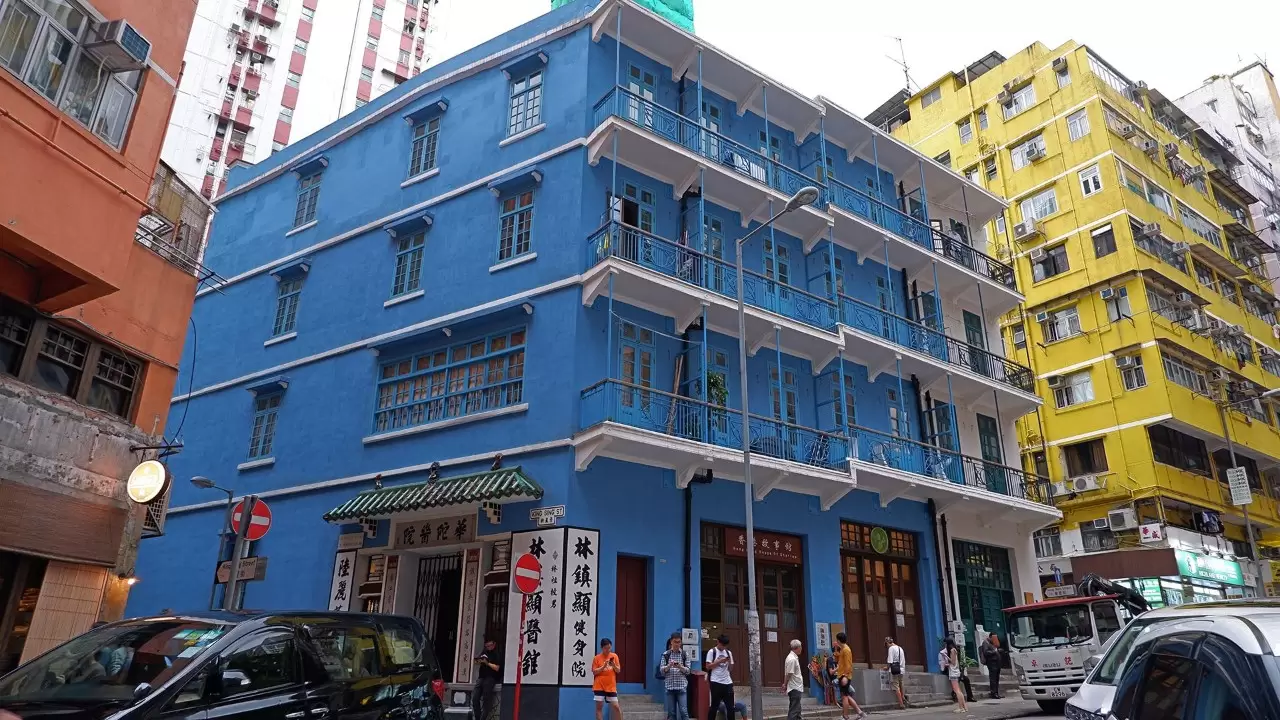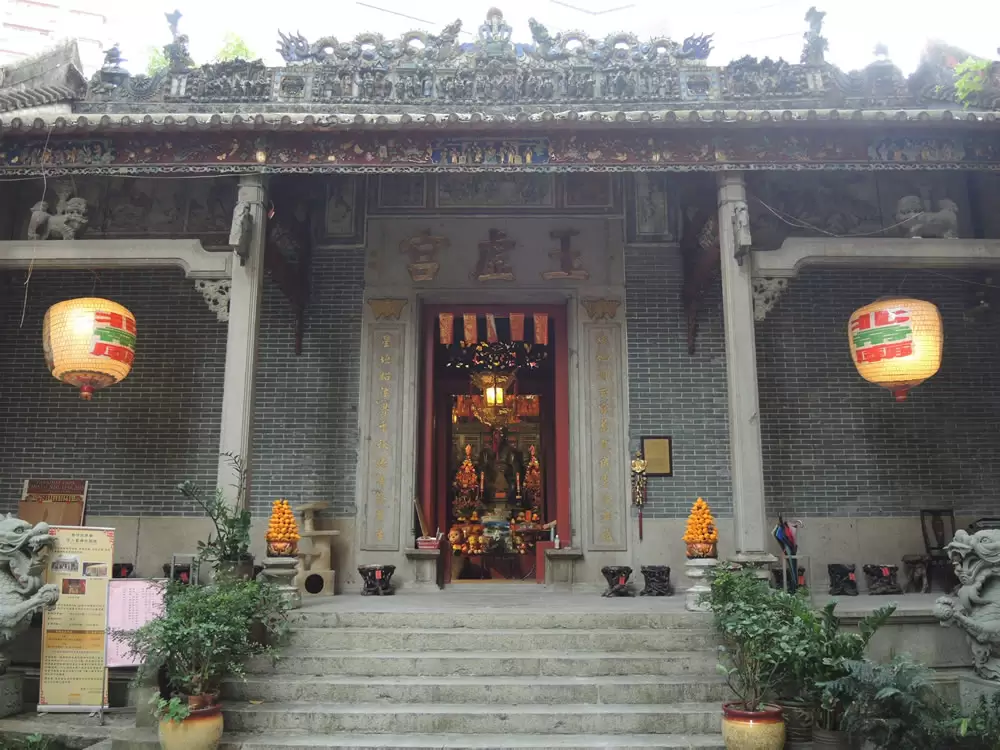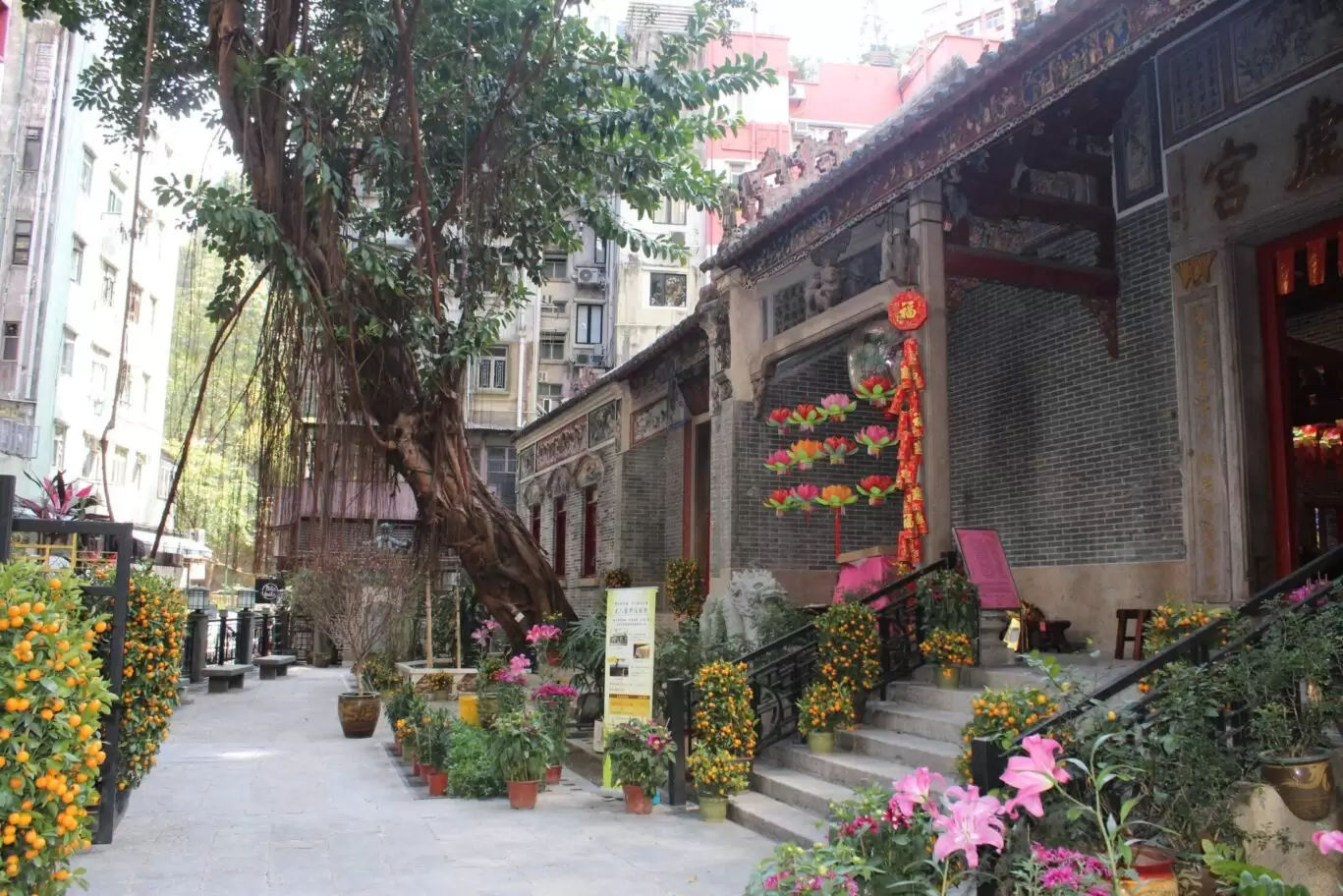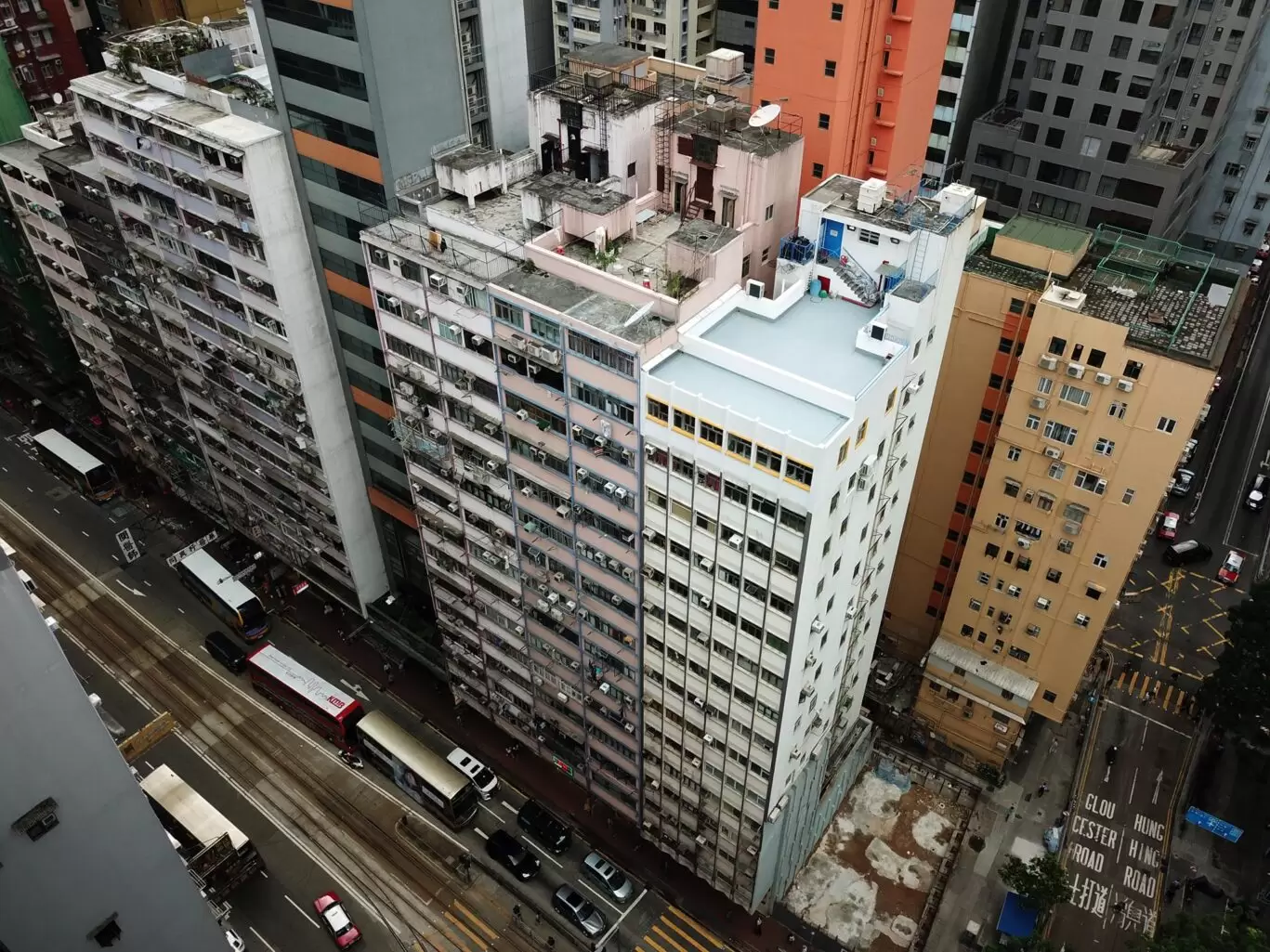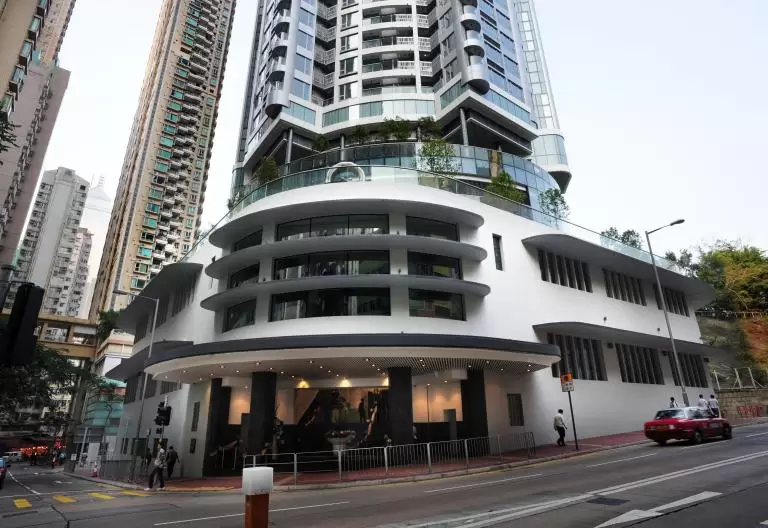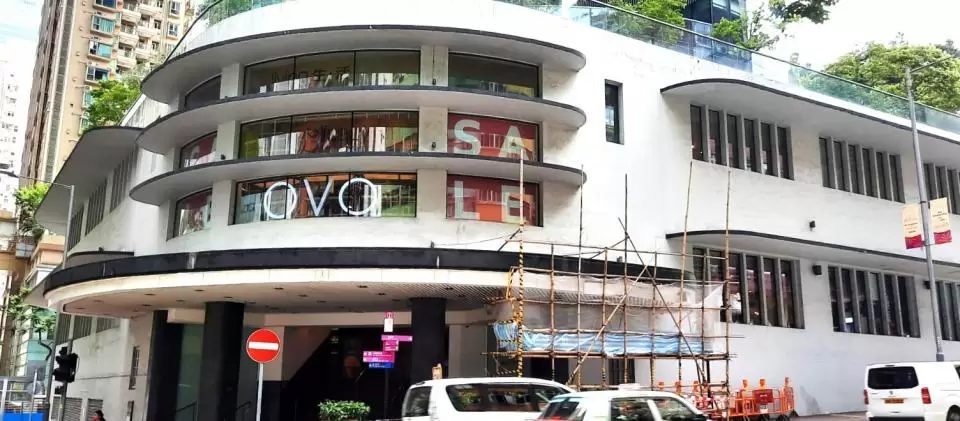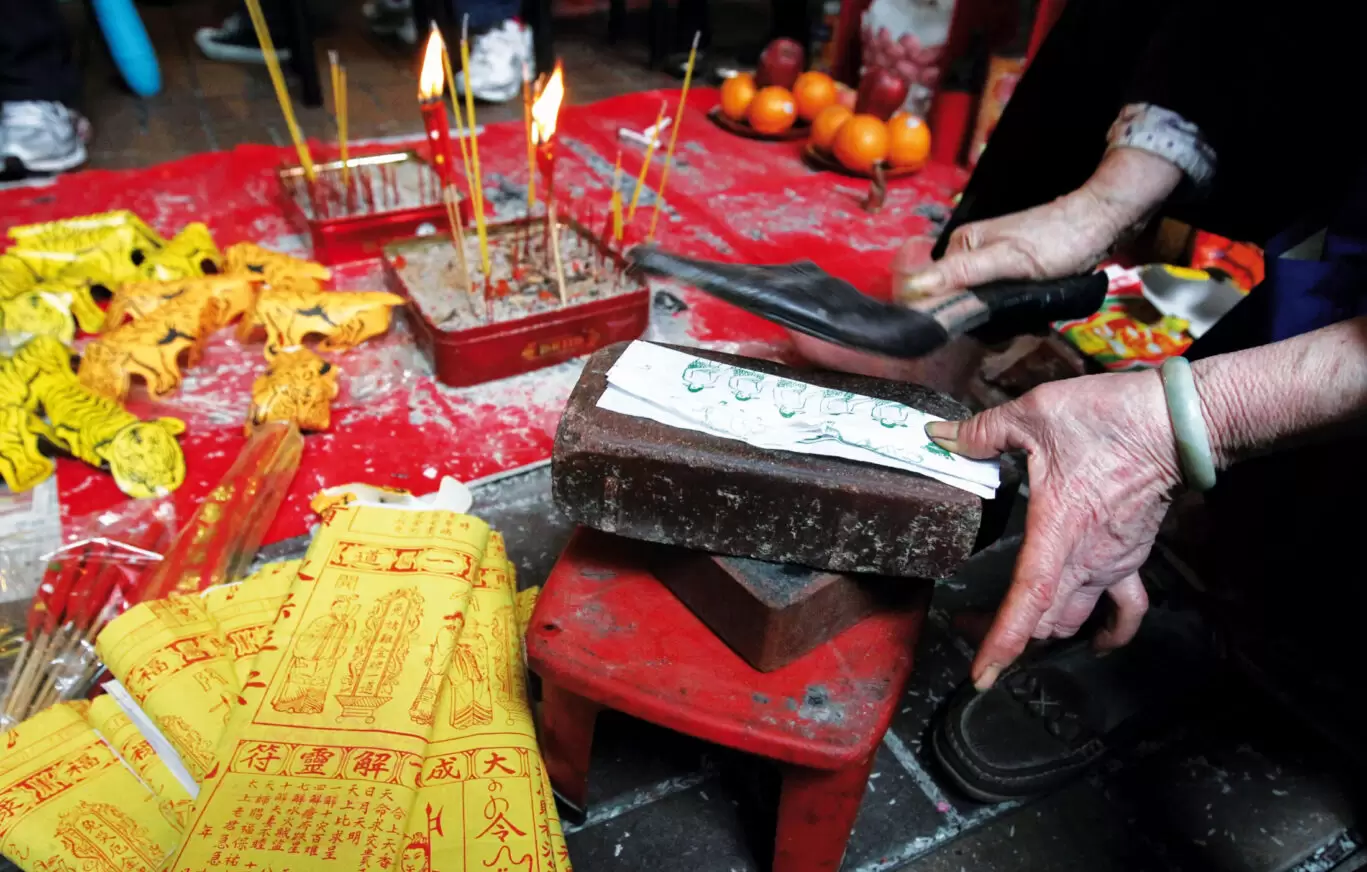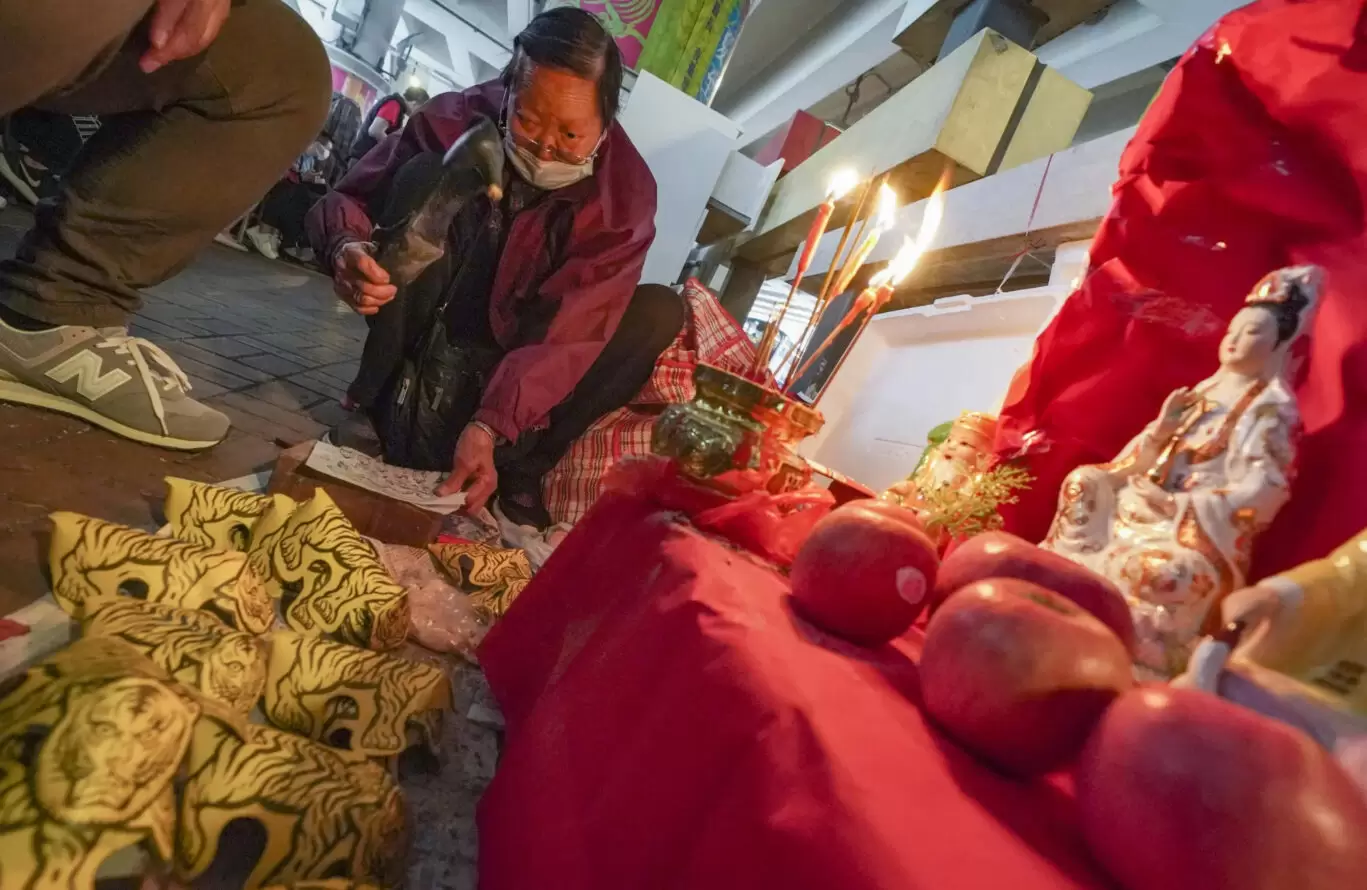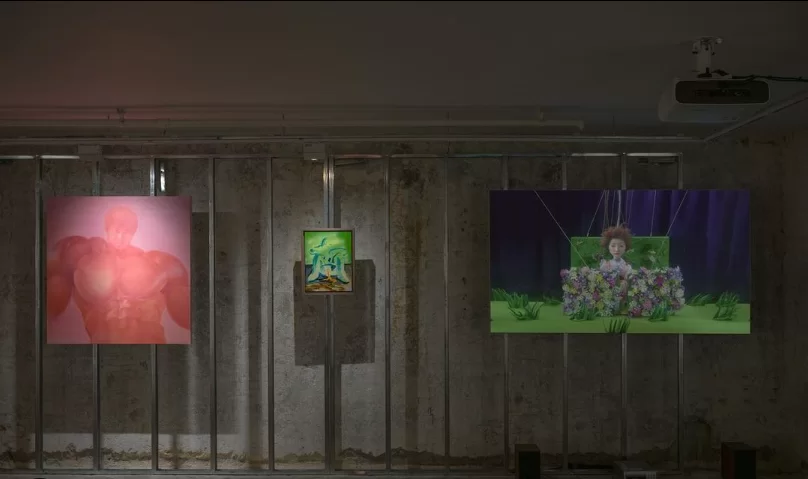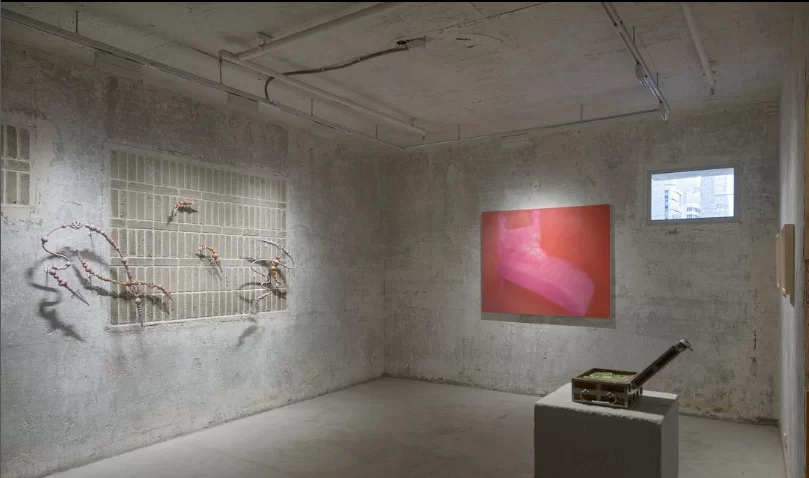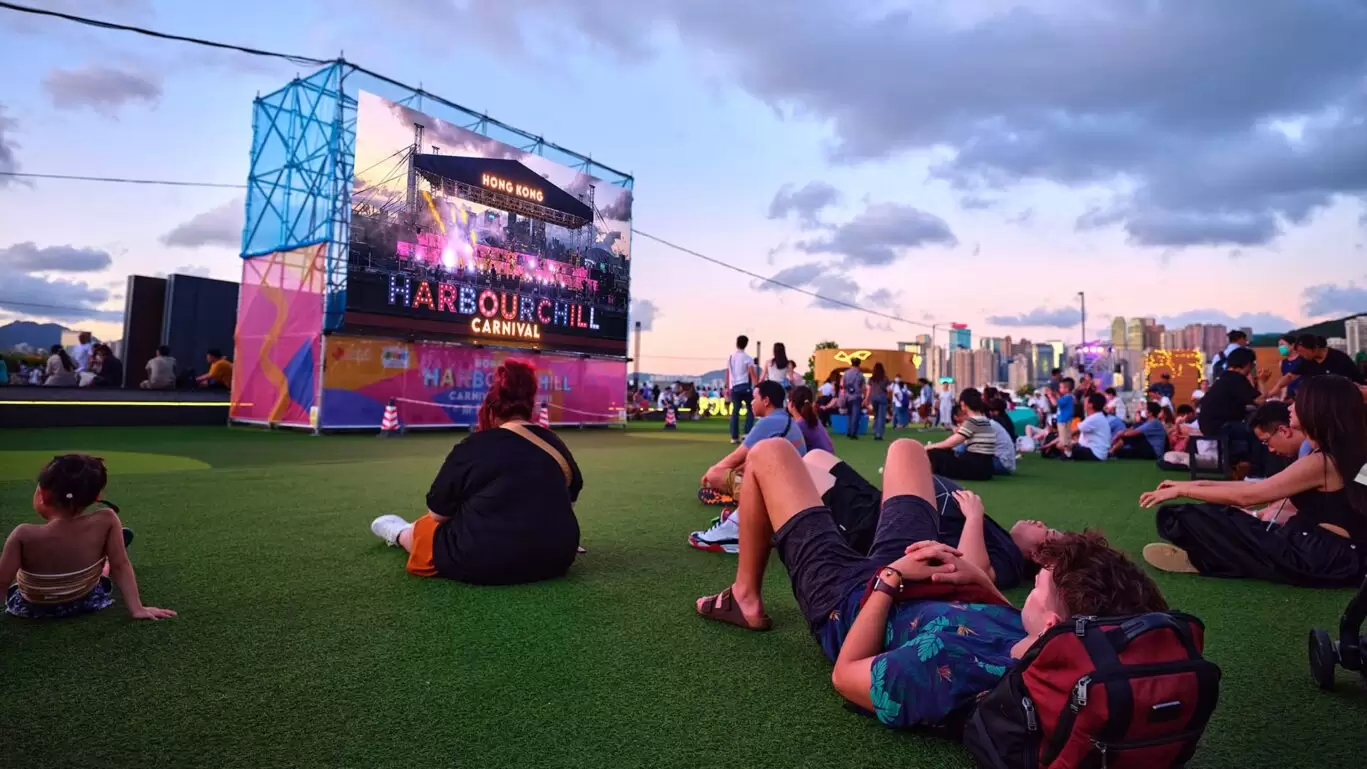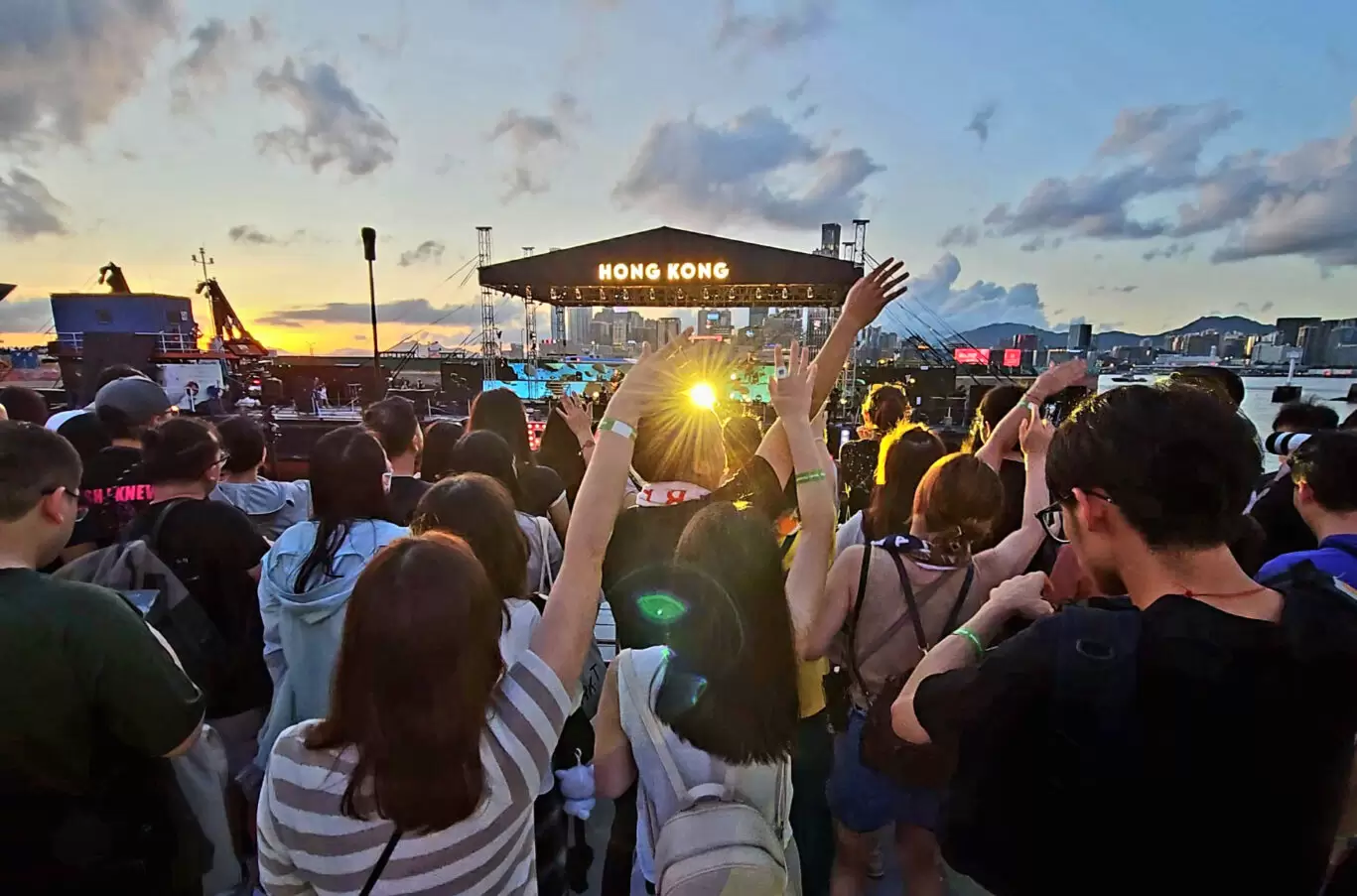Address: 221 Queen's Road East, Wan Chai, Hong Kong Old Wan Chai Post Office
The Old Wan Chai Post Office, the oldest surviving post office building in Hong Kong, stands as a symbol of the colonial era. This quaint, green-trimmed white building, now a declared monument, serves as an Environmental Resource Centre.
Its small yet charming structure is a stark contrast to the surrounding skyscrapers, reminding visitors of the city’s rapid modernization. The building’s preservation is a testament to the city’s commitment to maintaining its historical identity amidst contemporary developments.
